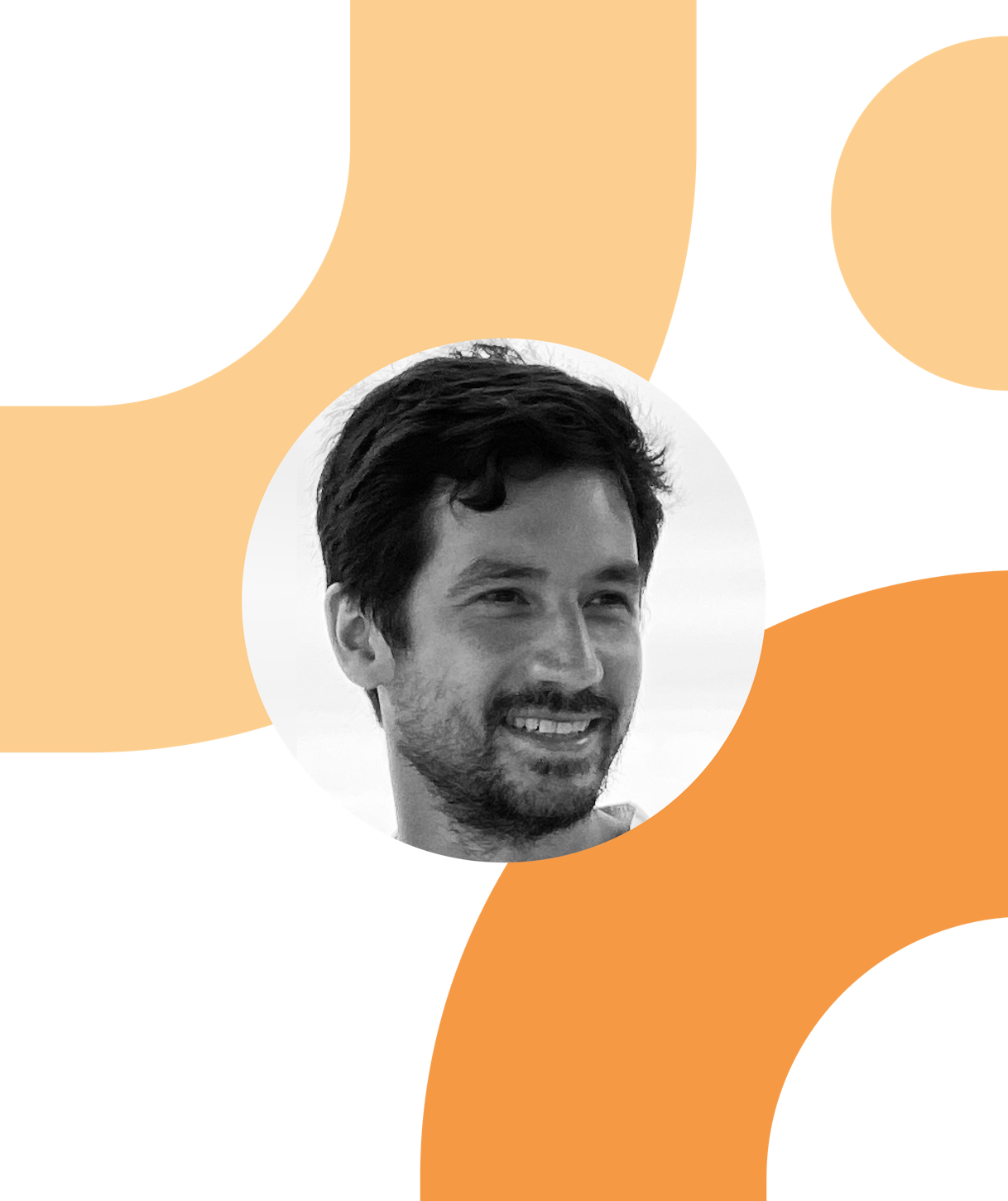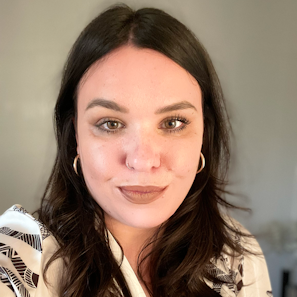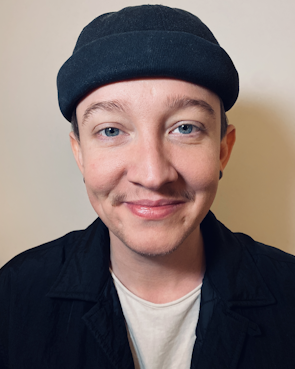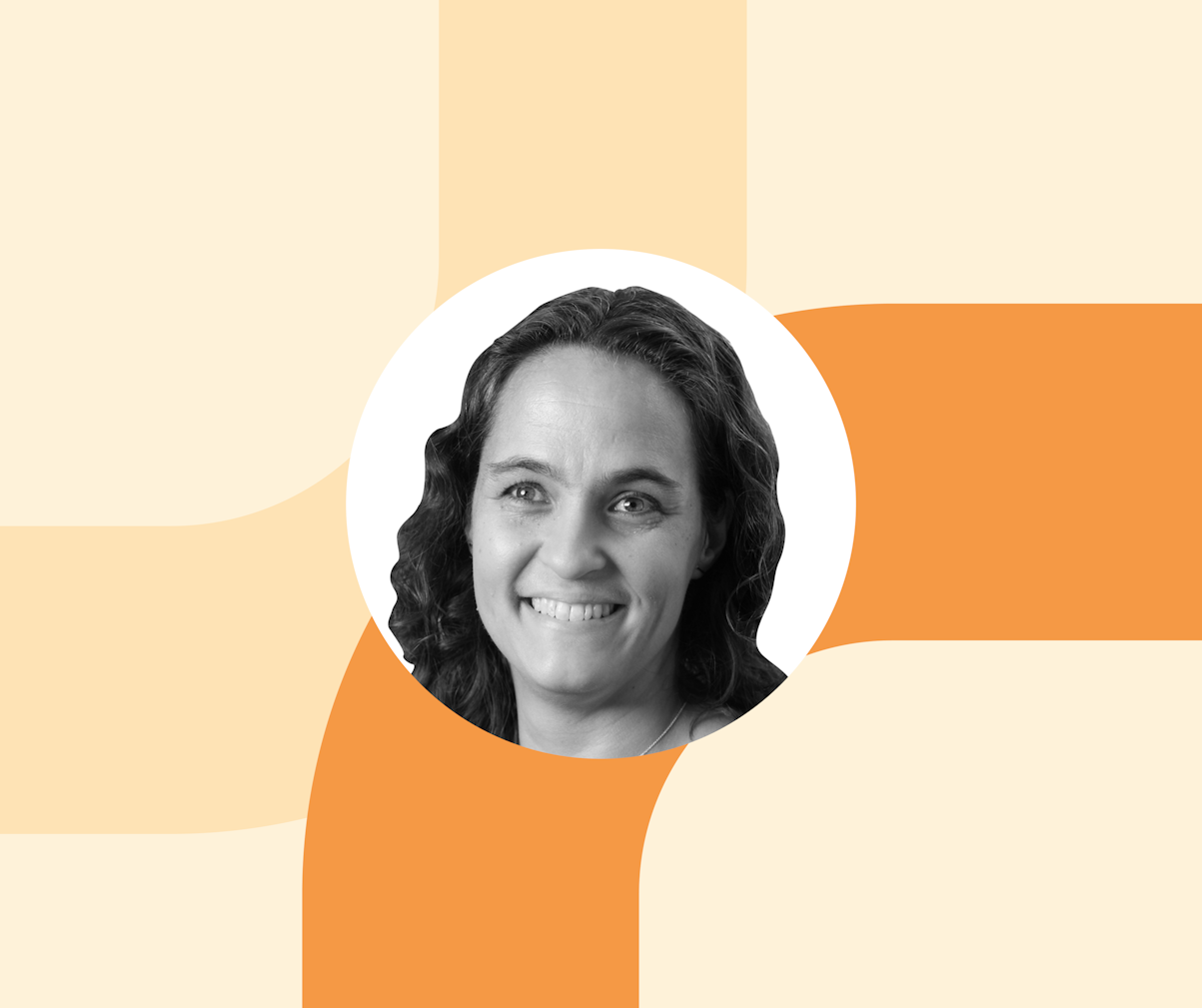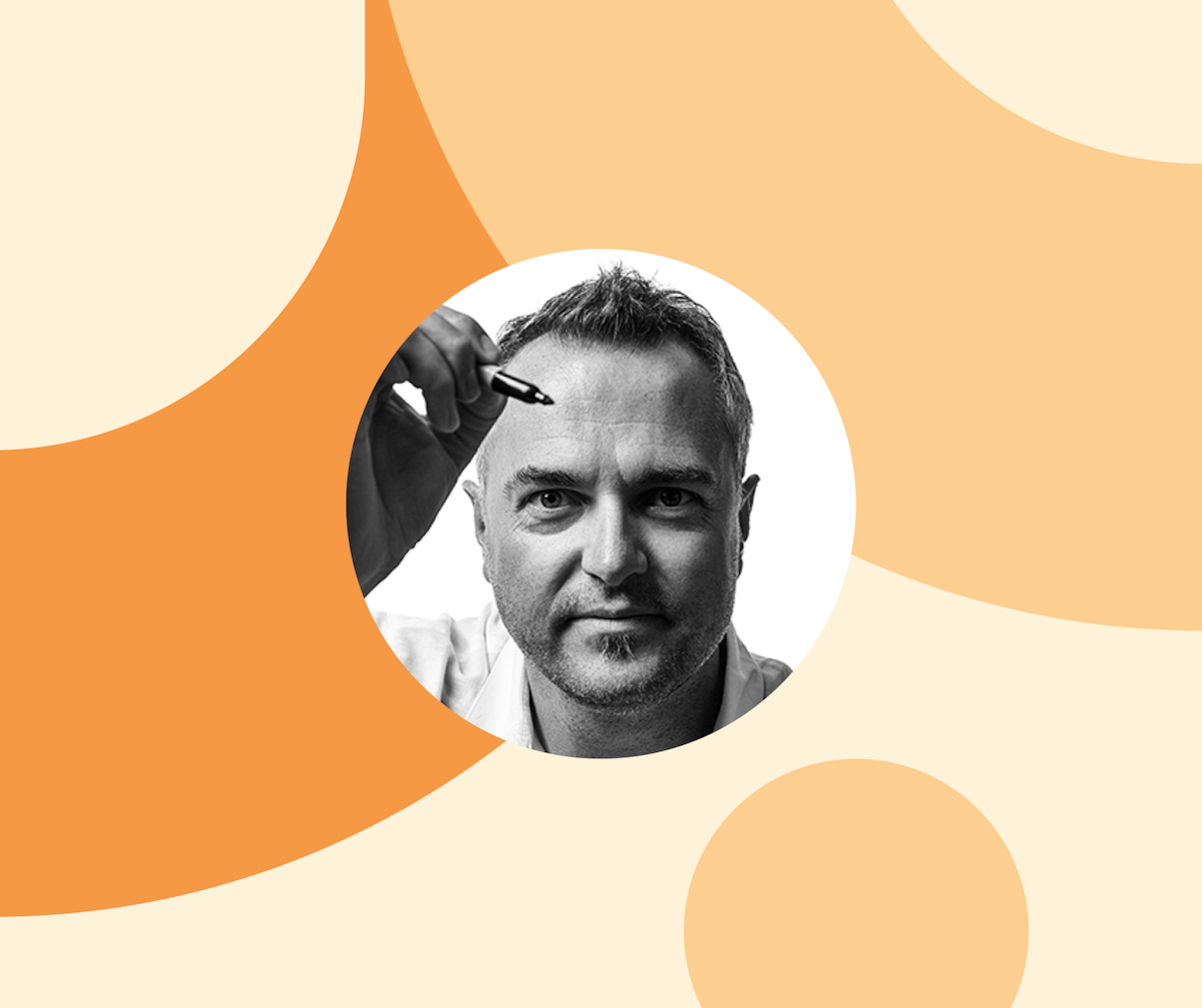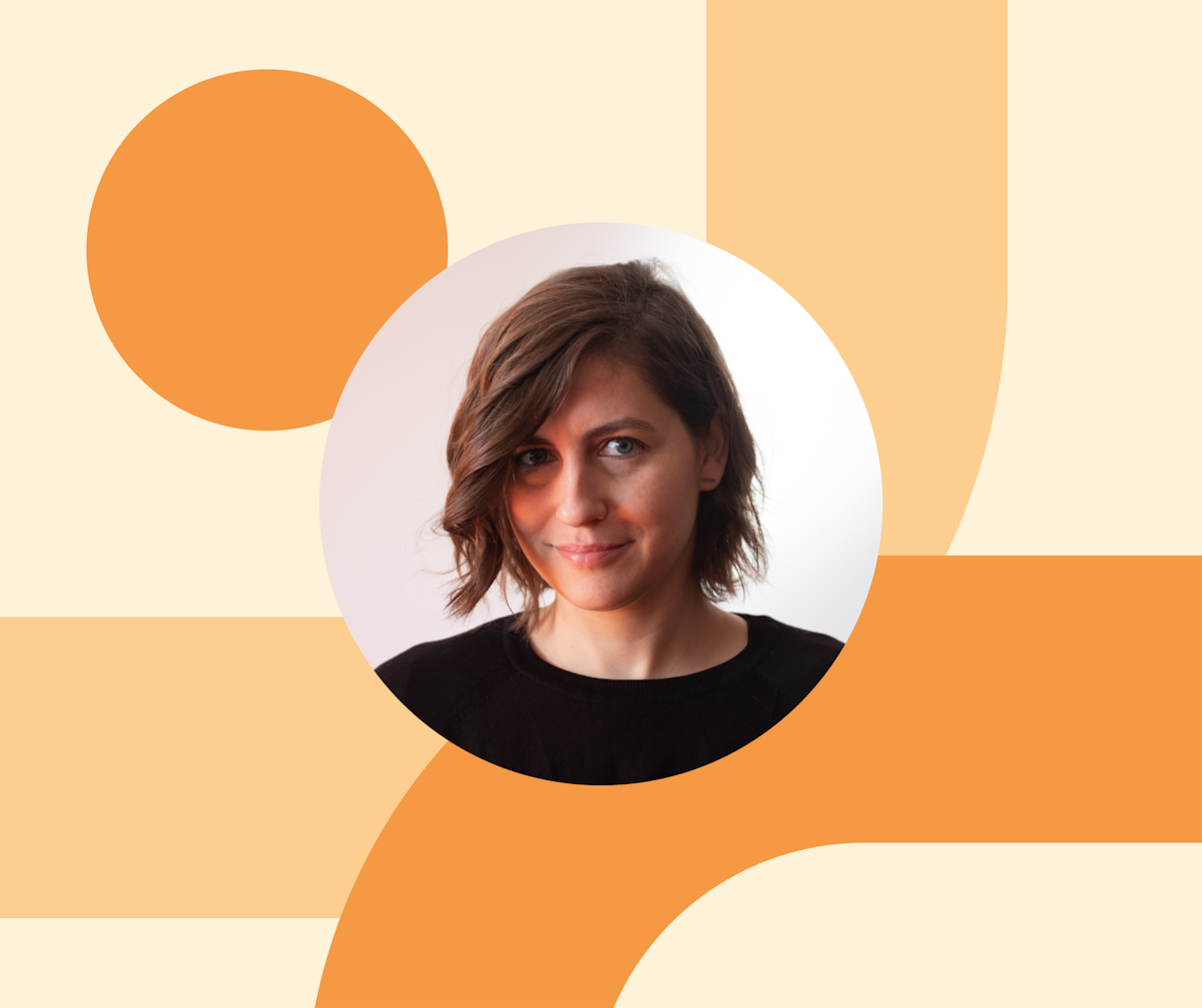Founding a business isn’t for the faint of heart. But with the right skills and commitment, Jeremy Le Van believes you’re off to a good start.
As both a designer and founder, Jeremy is keenly aware of the importance of making the right choices when starting your own business. However, he’s quick to remark that sometimes—when you really believe in your idea—taking a leap of faith is the best way to get started.
“As a designer, I tend to overthink,” admits Jeremy. “We [designers] need to think through a lot of things, situations, and experiences—to build these into our designs.” Yet, “looking back, I realize that some of my best decisions happened when I didn't think too much—it just felt right,” says Jeremy.
We sat down with Jeremy to talk about taking this leap from designer to founder, how to think about designing your business, and choosing the people you work with. Join us as we go through the lessons he’s learned from his experience as a designer-turned-founder.
Designing your way forward: 3 soft skills to adopt early
As a student based in Belgium, Jeremy began his design journey quite late. “Back then, I didn’t know design was actually a thing you could study,” he laughs. “I started with the basics: graphic design, typography, and drawing… that sort of thing.”
After learning the fundamentals, Jeremy moved to San Francisco in 2007. “I really wanted to be front and center in the tech movement. I guess I hit the right spots—right place, right people, right timing.”
Moving to the States brought a host of new opportunities for Jeremy. He expanded his skills across a range of roles, from designing mobile applications at Seesmic, to leading the design team on Outlook Mobile at Microsoft. In 2013, Jeremy co-founded a calendar application called Sunrise along with his then co-founder, Pierre Valde. Two years later, Sunrise was acquired by Microsoft for $100 million.
Both design and business tactics evolve fast. But some skills are timeless—no matter your field. Jeremy walks us through a few key soft skills you can adopt today to ensure you’re on the right path.
1. Observe the world around you
Inspiration can come from anywhere. Observation can help put it into action. “One of the skills I still apply today and have sharpened over the years is essentially getting inspiration from other things,” Jeremy says. From architecture to cars to mobile phone apps, he believes the best way to become inspired is to look at what already exists in the world.
Jeremy was 12 years old when he bought his first film camera, and he’s found inspiration in analog technology ever since. “I’m very much in love with it. It’s related to the physical but it also reminds you that these things existed for a reason. It's a good reminder of why things were designed in the past and how impressive the world is.”
I don't need to go and see this church tower in the middle of my village to check what time it is—I have the time on my wrist. When you think about it, it’s such a revolution.

Jeremy Le Van, ex-Director of Design @ Microsoft
Lessons can always be taken from the past and applied to the future for everything in life. The same goes for new business ideas. Looking at former iterations and understanding the adapting needs of the market determine what updates can be made. Take a look around—what do you see? It could be your next big idea.
2. Pay attention to detail
It may be clichéd, but the devil really is in the details. You’d be hard-pushed to find a designer without laser focus when it comes to fine-tuning their work.
To me, being a designer is all about being detail-oriented. I really think it's one of the skills that makes a great designer.

Jeremy Le Van, ex-Director of Design @ Microsoft
A sharp eye for detail is part and parcel of being a designer. It helps ensure consistency and quality when it comes to your work.
Jeremy makes a suggestion to limit digital tools on a more daily basis to help focus on your best work. Not only is this important as a designer, but it’s a vital skill to have when you become a founder: “There are things that you can’t get by without, like email and Zoom, or your communication channel. But it can get out of hand very quickly, especially if you're doing things well and scaling, it's just more infinite distractions really.”
Whether it’s pausing your Slack notifications for a couple of hours, or setting a strict ‘No meetings day’, test whether making small changes helps you focus and improve your attention.
3. Practice listening
“Being a designer, we usually have strong opinions just because it's part of the way we work. We come up with different user experiences, we come up with different interfaces and interactions. We have to be opinionated about how we see the world or vision of the world.”
Having a strong vision is incredibly important to a designer’s work. But on the other side of the equation, the ability to take feedback and constructive criticism is also key. So in order to do this, practice listening.
In this world where a lot of people talk, we don't have enough people who listen. We need more listeners.

Jeremy Le Van, ex-Director of Design @ Microsoft
While Jeremy feels more people should listen in general, when it comes to being a designer and making your transition into a founder, it’s a necessary skill to practice regularly. Not just for work, but for fostering a positive culture that will help your business thrive.
People make businesses: Choosing your founding members
So you have a core idea, but that’s about it. How do you go about hiring the right people—one of the key ingredients of business success? While there’s no one-size-fits-all approach, here’s a few lessons Jeremy’s picked up from experience along the way.
1. Pick the right partner
Jeremy began working with his own co-founder, Pierre Valde, in 2013 when the two launched their productivity app, Sunrise Calendar. Looking back, Jeremy notes how the right co-founder partnership can resemble a good marriage—a bond filled with compromises and challenges that help one another grow: “Pierre was willing to give me freedom in certain things so we were able to move forward. And that's the main point—it's about being able to move forward.”
Even more important than the product itself is: are you aligned with the way you are going to work?

Jeremy Le Van, ex-Director of Design @ Microsoft
Sounds simple, right? But as Jeremy notes, it’s not just your vision of the product you create together. It’s your vision of the culture you want to create and the values you wish to instil: “Even more important than the product itself is: are you aligned with the way you are going to work?”
So, how can you be sure your partner is right for your project?
The answer isn’t straightforward, but there are some things you can do to make sure things are moving in a positive direction. First of all, agree on who takes responsibility for what, including who will make the final call on decisions. You may wish to split the workload evenly in all areas with your co-founder, but make sure that there’s a clear understanding of what both roles are.
Second, accept that arguments are going to break out from time to time. When you’re both passionate about a product and vision—this is actually a good thing. But observe when and where disagreements arise, and how quickly you resolve them. "We [as founders] have to be opinionated about how we see the world or our vision of the world. So you have to find this match with a person who respects that. And I was lucky that my co-founder would respect that," says Jeremy. If you’re able to challenge each other creatively and move together towards a solution, you might have found your counterpart.
2. Pick the right people
On the other hand, if you have the drive and just can’t find the right fit for your vision, Jeremy believes it’s better to get started on your own and pick people up along the way. “I think starting something on your own first if you truly believe in it is the other approach and find people along the way. It’s also possible. I think we don't necessarily talk enough about this, but there’s also a way for you to attract people who didn't necessarily need to be there in the first place, but who can tag along and share and shape a vision."
It's not just designing a product—it's designing how people collaborate together.

Jeremy Le Van, ex-Director of Design @ Microsoft
Jeremy explains the paramount role that working effectively with the right people can bring to a business: “There was part of me that was most excited about building a great team, rather than what I built in the end.” This doesn’t mean the final product isn’t important. But to reach that final product, you need to be surrounded by people who will challenge your vision in a positive way and respond to constructive feedback.
While it’s easy to look sideways at your competition in the field, Jeremy points out you’re more likely to fail if the foundations are weakening from the inside:
It’s not necessarily your competition who will destroy your idea or product. It's more the mentality within the company and the way you accept feedback.

Jeremy Le Van, ex-Director of Design @ Microsoft
Parting advice for new founders
Launching a business is one thing. Sustaining it and the power it has to create social change is another. Jeremy is an active member of Founders Pledge, a global community of entrepreneurs committed to leveraging business skills for positive social change. Their belief is that impactful giving should be the norm, not the exception.
You might be doing well on the business side of things, but what’s your social impact?

Jeremy Le Van, ex-Director of Design @ Microsoft
When you begin your journey as a founder, there’s only so much you can prepare for it. While preparation and pragmatism are important, the truth is you’ll never really know how things turn out until you take that leap. Jeremy reminds us that being a founder is sometimes all about trusting your gut:
In hindsight, I think you need to be a bit naive. Otherwise you're going to be too rational and objective. And at some point, you just need to trust your gut and go for it.

Jeremy Le Van, ex-Director of Design @ Microsoft
